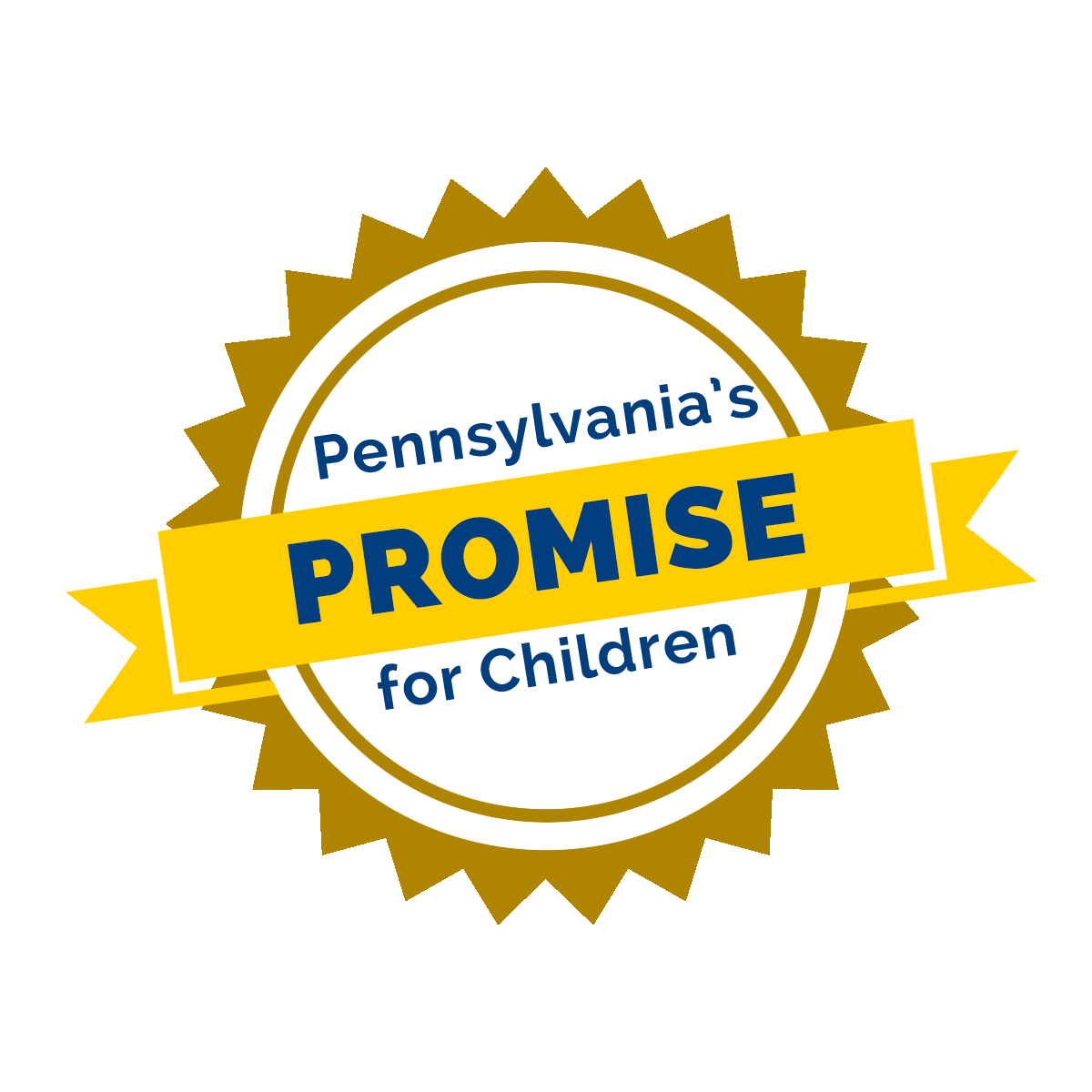
We’re in an Early Learning Program!
Each month offers activities families can do together in a variety of settings. The activities within the Learning is Everywhere Calendar and on the website are aligned with the Pennsylvania Early Learning Standards (ELS).
These guidelines can be used to determine what infants, toddlers, pre-kindergarten, and kindergarten children may know or be able to do within specific age ranges.
Print the book list! 11 Books about Going to School.
- The Night Before Preschool by Natasha Wing
- Look Out Kindergarten, Here I Come! by Nancy Carlson
- First Day Jitters by Julie Danneberg
- Countdown Kindergarten by Alison McGhee
- Do I Have to go to School? by Pat Thomas
- If You Take a Mouse to School by Laura Numeroff
- The Bus for Us by Suzanne Bloom
- The Kissing Hand by Audrey Penn
- My Teacher Sleeps in School by Leatie Weiss
- Dinosaur Roar! by Henrietta Stickland
- My Kindergarten by Rosemary Wells
Looking for some back to school tips to make the transition easier for you and your child? Learn what tips families and friends shared!
Use a song to describe every day activities. The tune of “London Bridges Falling Down” is an easy one to use. Insert the description of what is being done. “Now we’re putting on your socks, on your socks, on your socks. Now we’re putting on your socks, my dear baby.” Sing and sign the song to your baby, while holding their hand to your throat so they can feel the vibration. If they avoid music, make picture cards or signs and braille to make task cards. Picture cards posted in the area where the task is completed. If they respond to movement, add fun gestures that make the activity more enjoyable. Creative Thinking and Expression
Include the names of those at your child’s early learning program in conversations with him, like “Teacher Terry likes your smile!” Social and Emotional Development
Summer Fun! While your baby is in a wading pool or the bath tub, take a cup full of water and pour it in front of them. Hold the cup higher, then lower as you pour so it makes different sounds and different sized splashes. Describe what you are doing. Ask if they hear the water splashing. (Never leave a child unattended around water.) Approaches to Learning through Play
Summer Fun! Use a wading pool or the bath tub and plenty of different sized cups and containers to allow your toddler to pour water from one place to the next. Help them select the big cup or the little cup, and help them distinguish between full and empty. This activity develops fine motor and gross motor skills! Ask them to make predictions about what will happen when you manipulate the containers. Will the large cup of water fit in the small cup? How many small cups of fill the large cup? Use hands to explore the containers and feel the water moving. Explore what does the water sound like/ feel like when it’s dumped out of the container. Approaches to Learning through Play
Summer Fun! With a pan of water and a paper bag or newspaper, make prints by dipping hands or feet into the water, then onto the paper bag/newspaper. Use other items such as the top of a cup, a stick or a leaf to make other water marked shapes. Which items makes the bigger mark? Watch them disappear as they dry. Which marks disappear the fastest? Approaches to Learning through Play
What is your preschooler’s routine for starting their day? With your preschooler, create a routine chart which has activities for getting ready for an early learning program, like going to bed and waking up at a specific time, and eating a healthy breakfast. Help your preschooler choose the next day clothes and pack backpacks the night before. Discuss what types of clothing they need to wear and what items need to be in the backpack. Approaches to Learning through Play
Summer Fun! Make giant ice-cubes by using clean yogurt, cottage cheese or sour cream plastic containers filled with water, then set into the freezer. Add a small item to the water filled container, like a small toy or other item. Have them decide what item will be added. Is it too big or will it fit? Can they see the item when the ice is frozen? Once it’s frozen, remove from the container and use the ice block as ice puck to kick around in the grass or hard top (such as a sidewalk). How fast will it melt? What happens when it melts? (To get the ice out, briefly run warm water on the outside of the container. The ice block should slip out!) Approaches to Learning through Play
Create a book of your family’s story about Kindergarten! Share your favorite thing about kindergarten. Did you walk to school or ride the bus? What was your teacher’s name? Have your child draw pictures, then when he starts school, add more pages. Creative Thinking and Expression
What is your child’s favorite book about Kindergarten? Visit your local library to discover books with different characters who go to Kindergarten, or check out 11 Family Recommended Books About Going to School. What do they like best about each book? Try to find books that show a child similar to them in the illustrations. If they use a wheel chair or wear glasses they will enjoy seeing similar characters in the books. Or if your kindergartner is especially concerned about a certain aspect of school, try to find a book or write a story that directly addresses that concern. Language and Literacy
